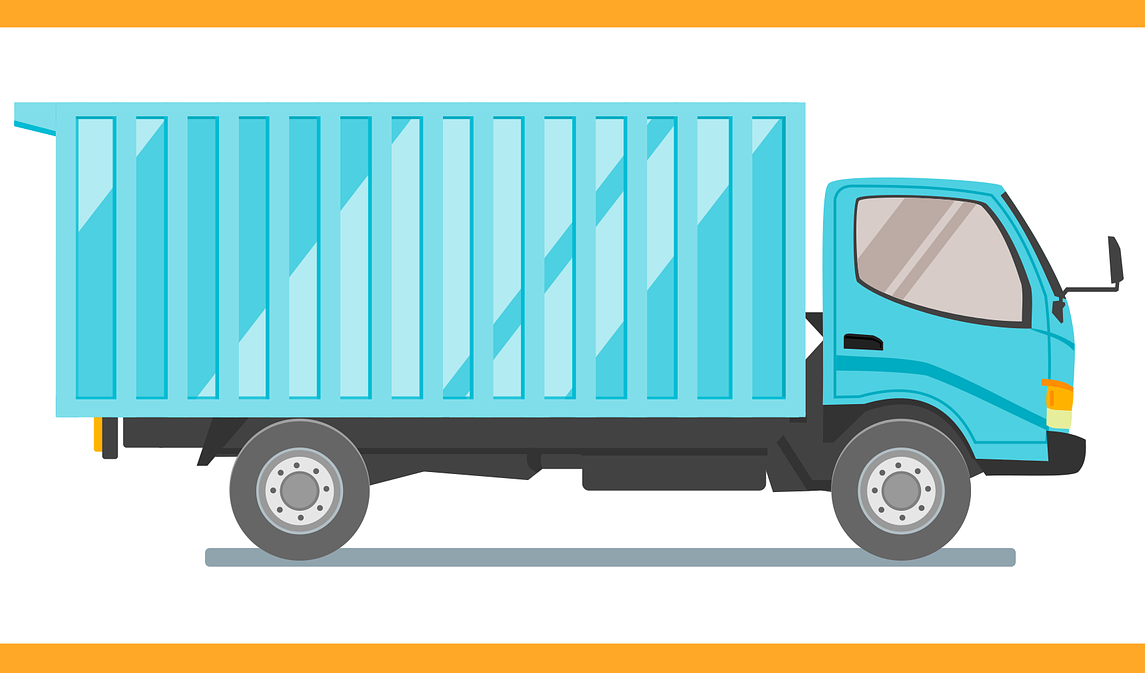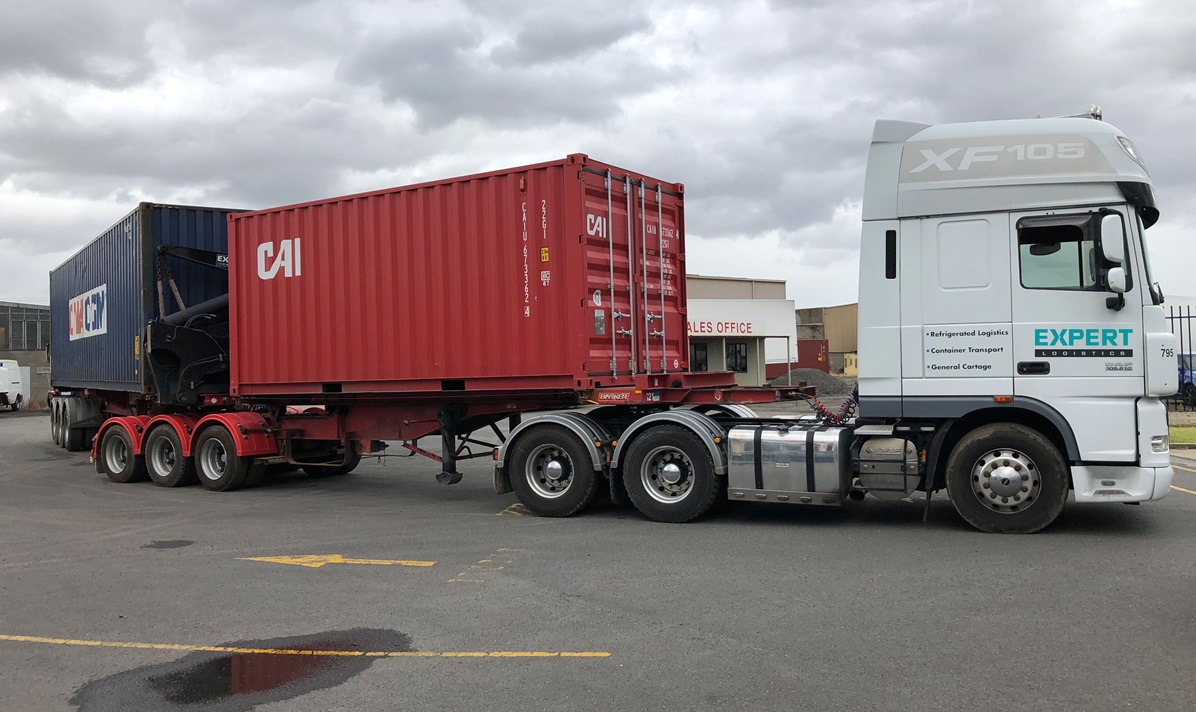Shipping Container Loading Calculator Tips

Ensuring the safe delivery of a shipment is the primary goal of any sort of shipping entity worth their salt, with container loading being one of the key parts of supply chain logistics. Therefore, examining the container thoroughly before you move anything inside the container is an absolute must. Despite it being a routine activity, it can cause occasional freak accidents that everyone would be keen to avoid.
However, container damage is avoidable with the right practices. And one of the best ways to avert container damage while shipping is to adopt effective container loading calculation practices.
Why is the container loading calculation key?
Container that is packed using incorrect container types, improper packaging materials and poor stuffing and lashing is usually prone to damage. Hence, it is imperative to exert container loading planning and calculation. Using a container loading calculator, you can easily calculate how many items with particular dimensions and weights you can fit in your picked container.
Video Credit: Supply Science
This will also help you to understand the weight limit and weight distribution inside the container while loading loads and making the most use of the container space. In such programs, all you are required to do is to add product details like description, total quantity, dimensions in inch, meter, feet, cm, mm, product weight and container details.
Otherwise, the consequences of improperly loaded containers can cause several potential hazards. This ultimately leads to significant economic losses for carriers and senders. Even not just about financial losses, container damage can also result in straining the client-customer relationship.
How do you ensure the best use of shipping container loading calculation?

Generally, a container load calculator simulates placing goods inside a container and regulates their optimal positioning within. It will suggest you the most optimal way to place goods, ensuring no complex rotations or ordering. But to make the best use of a shipping container calculator, it is vital to have the correct measurement of your product and container.
1. Get the proper details measurement of your container loads
Containers can be loaded with goods like boxes or cases. It is essential to know the measurement of the container loads ahead of time to pack a shipping container to capacity because all shipping containers have a weight limit. And doing so ensures that no mistake will be made while calculating exactly how many items the container can hold.
To use the container loading calculator, users need to add product details which are as follows,
- Product number or code
- Product's description
- The total quantity of products
- Product's packaging quality
- Length, height and breadth of the package
- Unit or product weight
Here to calculate the loaded item's measurement in a cubic meter, multiply the length, width and height of the item and then multiply the total by 35.315. Or, if you want it in inches, multiply the length, width and height in inches and divide the total by 1728. Then, once done, check the final cubic feet of all cargo items and decide whether it goes against the cubic foot capacity of the container or not.
2. Calculate the dimensions of common container types
Although containers are available in various sizes, units that correspond to 20 ft. and units that correspond to 40 ft. are two of the most standard sizes available in the market. For instance, a 20 ft. long container might be 5 ft. wide and 10 ft. tall. If you multiply all these numbers by each other, like, 20 X 10 X 5, you will get 1000 cubic feet. This shows the volume of the container, which means how much the container can hold.
Though each manufacturer produces containers that might slightly differ in size, it is wiser to have some idea about the approximate dimension and minimum load capacity of some common container types. So here, let's look at the possible external and internal dimensions of containers of 10ft, 20ft and 40ft.
| Container type | Internal dimensions (W × L × H) | External dimensions (W × L × H) | Max. cargo weight |
|---|---|---|---|
| 40 foot standard | 2350mm × 12030mm × 2390mm | 2440mm × 12180mm × 2590mm | 28,800 kg |
| 40 foot high cube | 2350mm × 12030mm × 2655mm | 2440mm × 12180mm × 2900mm | 28,600 kg |
| 20 foot standard | 2350mm × 5900mm × 2390mm | 2440mm × 6090mm × 2590mm | 28,200 kg |
| 20 foot high cube | 2350mm × 5900mm × 2655mm | 2440mm × 6090mm × 2900mm | 28,000 kg |
| 10 foot standard | 2344mm × 2831mm × 2376mm | 2438mm × 2991mm × 2591mm | 27,440 kg |
Source: GIGAcalculator
(Dimensions and max cargo weight mentioned above are just some estimated numbers, they can fluctuate depending on manufacturers)
3. Use container loading software
To complete your loading calculation at ease, you can use container loading software to plan the loading of your shipping containers. This sort of software will provide you with a real-time 3D visualisation, where you can determine the optimal positioning with print reports. So, for example, while placing your container into a side loader container transport, you can ensure precise placement of every item effectively, which will save you from any sort of transportation hazards.
Now that you have noted all the measurements of your container loads and dimensions, you can efficiently perform the calculations quicker using any shipping container loading calculator.
Once all the calculation is done, supervise the loading and unloading procedure
However, even though you may come out with the proper calculation of how to fill your containers with loads, proper loading supervision is a must need while stuffing the loads. Be it to confirm whether the correct unit amount is being loaded or to ensure minimum breakage and maximise space utilisation; container loading supervision is crucial as it provides the reassurance that your goods are handled in the right way.
And the solution lies in finding the right container transport company that can take control of the container loading and unloading job professionally.
Expert Logistics: make your container loading easier with the best logistics support

At expert logistics, with over 14 years of experience, the expert team strive to provide quality service with its shipping container fleet. Based in Dandenong and Laverton North, the shipping container transport service includes a side loader container transport facility throughout Victoria. From picking up to delivering containers, Expert Logistics promises the safe handling and transport of your each and every good.

